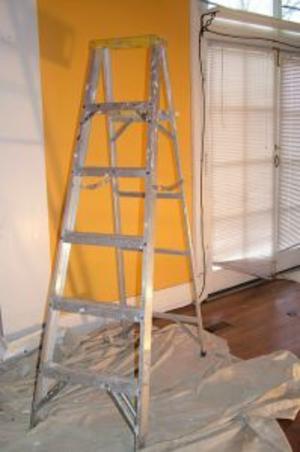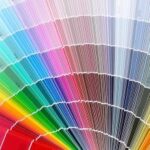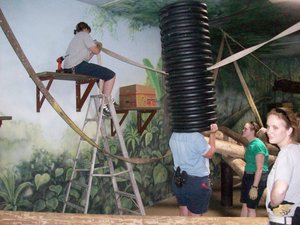Faux painting is a term used to describe the process of paint application to a surface to create texture, depth and a visually pleasing appearance. There is no right or wrong way to do faux painting. The key is creating a look that is pleasing to the eye.
The basics of faux painting is to paint a flat surface one solid color. Additional paint colors and/or glazes are added to the painted surface to create unique and individualized designs. No two faux painted areas are the same due to individual application of the additional layers of color to the base paint.
Special faux painting tools are now on the market but many of them are unnecessary. Everyday household items create excellent tools to apply additional layers of paint and/or glaze to the surface of a painted area. Plastic grocery sacks, feather dusters and sponges are just a few of the tools used to create a textured or patterned surface.
The idea of adding a faux finish to a painted area in home decorating is intimidating to many people. The key to accomplishing a faux finish is adjusting your mindset to understand that if you do not like it you can always paint over it. Literally, you can do no harm. The only thing expended is your time and the cost of the paint. So go ahead, experiment!
The process used to apply a faux finish is simple. Select a wall or room that you would like to add a faux finish. Think about the colors you will use on the wall surface. Choose colors that compliment one another. Go to the local paint store and place paint chips next to one another to determine the wall base color and the color for the faux painting. Purchase the paint and head home to begin the project.
Paint the surface of the walls with the base color. Allow the paint to dry completely before continuing. Now the fun part begins! Select the tool for the faux painting. Experiment with the chosen tool on sheets of newspaper to determine if you like the faux finish. Once you find the finish you want, simply begin.
Crumple up a plastic bag, use the dry feathers of a feather duster or a dry sponge and dip the edges in the faux paint color. Gently stamp the dipped item on the flat surface to create lines and shapes. Move the item to the next location and repeat the process. A plastic ice cream container lid works good as the container to hold the faux paint. The depth of the sides on the plastic ice cream container lid allows for a thin layer of paint to use during the dipping process. A thin layer is the key to attaining a nice crisp pattern on the painted surface.
References:
How to Faux Finish
How to Faux Paint
Faux Painting




